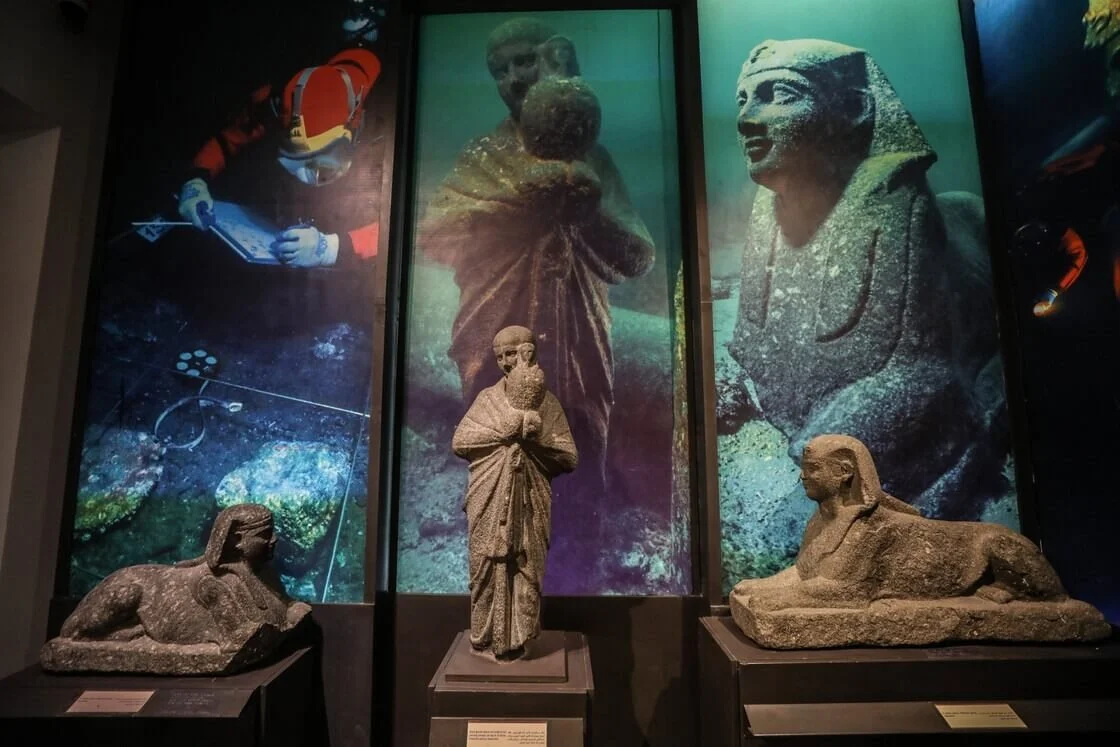BY THE ARCHAEOLOGIST EDITOR GROUP
The Greek hoplite sword was double-edged. Its blade was wider in the middle of its length, so the weight was concentrated at that point, and the devastating blow to the enemy was even more overwhelming.
The Greek sword was also used for a penetrating blow. The sword was an auxiliary weapon of the Greek hoplites, who usually used it when the spear broke or could not be used due to space limitations.
However, they were not inferior in sword fighting to spear fighting. Various scholars often claim that Roman legionaries in their heyday were better swordsmen than other peoples who did not favor the sword, such as the ancient Greeks.
It should be noted, however, that the Romans used the heavy "gladius" type sword (gladius italiensis and later the stronger gladius hispaniensis), which did not require any particular skill to wield.
The Romans took advantage of its weight and shape, which allowed to fully use this weight to deliver a devastating blow against the opponent and also to destroy his shield if it was not made of metal (which was usually the case with the opposing shields of Rome).
In contrast, Greek swords were relatively light, with the exception of the Kopida (or 'knife' or falcata, or falx, as it was called in the western Mediterranean) and some other types. This evidence shows that the Greeks used a special technique in handling the sword to injure or kill their opponent.
Moreover, this opponent was usually a Greek hoplite, and there was no sword that could have shattered his sturdy brass hoplite shield with clumsy blows. Moreover, the hoplite was well armored with a helmet and breastplate of various types.
The only way for the Greek hoplite to strike into the flesh of his opponent with his sword was to improve his skills in the use of this weapon.
In summary, the Romans simply favored the use of the sword more than the Greeks, but without being better swordsmen than the latter.
The Spartans used the classical Greek type of sword with an iron blade. During the 5th century BC, they steadily reduced the length of the blade and, by the end of the same century, developed it further into a purely Spartan type. The explanation for this lies in the warfare of the Spartan, who tried to get as close as possible to his opponent in close combat, and in this he was irresistible.
In the confines of the phalanx, a sword that retained its nighttime (penetrating) power and was close to the length of a knife was most ideal.
Athenian reliefs confirm the ancient writers' references to the Spartan short sword. These reliefs often depict Lacedaemonians carrying a short sword up to 30 cm long in the shape of a tree leaf (roughly like the tip of a hoplite spear). The only example of this type of sword was found during excavations on Crete and was originally part of a statue.
The short length of the Spartan sword has led scholars to believe that it was also used for penetrating strikes from the bottom up. This is confirmed by some depictions of wounded or downed Lacedaemonians holding this sword in their hands and aiming upward at the abdomen or groin of their standing opponent.
Soon the short sword spread throughout most of Greece, displacing the older types. There is another weapon mentioned in ancient sources as being used by the Spartans.
It is believed to have been a type of knife, and based on the way it was used, it seems very likely that it was crescent-shaped. If so, the blade belonged to the group of crescent-shaped swords used by various Mediterranean peoples.
The Athenian hoplites also used the common hoplite sword, but it seems that some used the Kopida, although it was a sword more suitable for cavalry since its use required an open space.
The Kopida was a sturdy, single-edged sword with which a single, well-delivered blow could maim an opponent and sever an arm or leg.
Sickle swords were used by several Mediterranean peoples (Iberians, Celtiberians, Greeks, Thracians, Etruscans, Lycians, Carians, Lydians, Phrygians, Dacians, and others). In the confines of an armed conflict, the sword could not be used effectively.
But it could be used effectively by the hoplites against Asiatic and Egyptian warriors, since the fight with the latter was not of the nature of a battle between hoplites, and it's usually rapid breaking of the line gave the former plenty of room to destroy them quickly with the deadly blows of the Kopida (after all, the defensive armament of the Asiatics and Egyptians was rudimentary or nonexistent).
In general, the Athenians and other Greek hoplites favored the Kopida more than the Spartans. But even among them, the typical short sword prevailed.
On some Athenian vase paintings from the 6th to 5th centuries BC, Athenian hoplites are depicted with a kind of curved sword (the so-called "Yatagani" type). This sword probably originated in Asia Minor, from where it entered the Greek arsenal of the time, but it's rare depiction shows that it did not become popular.








